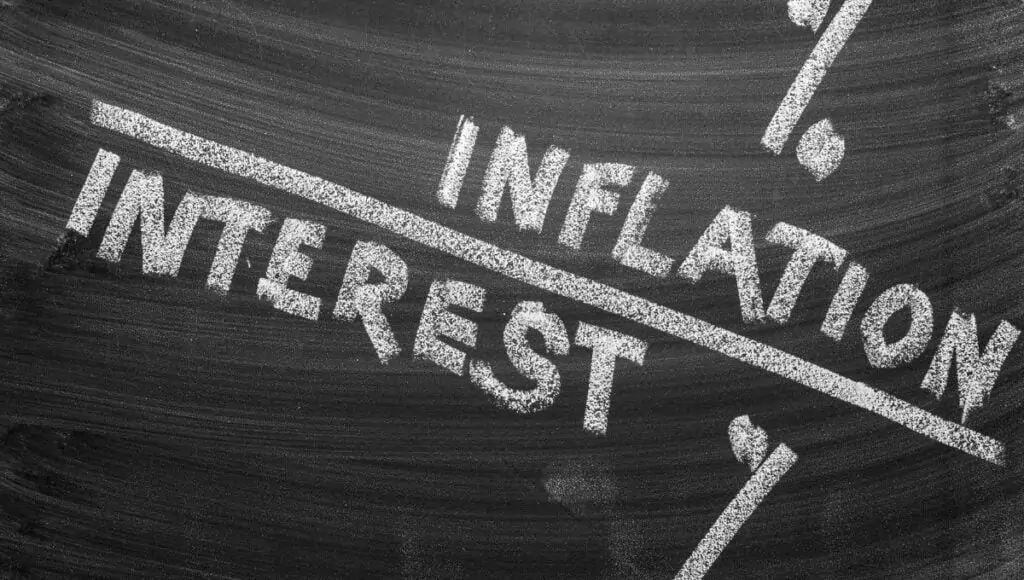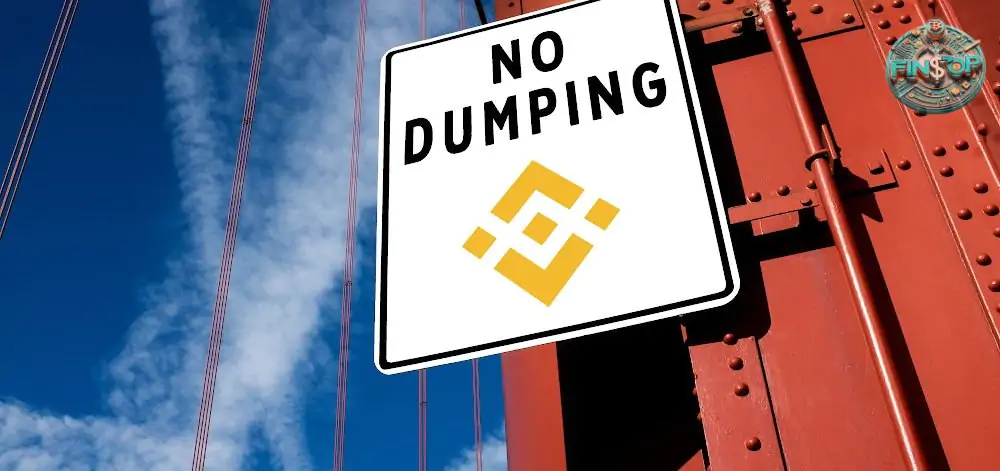Gain Inside Knowledge on Inflation and Interest Rates
Key drivers of economic activity, inflation, and interest rates impact macro- and micro-levels of financial decision-making. Their relationship is fundamental to monetary policy and impacts companies, individuals, and the economy worldwide. Gaining a grasp of these factors lays the groundwork for maneuvering through the intricate realm of finance.
Comprehensive Knowledge of Inflation
A number of causes contribute to inflation, which is often referred to as the “silent thief” of buying power.
How Inflation Occurs
A decline in the buying power of money due to steadily rising costs of goods and services is known as inflation. Several factors can lead to inflation, such as demand-pull, cost-push, and built-in inflation. The former occurs when supply exceeds demand, while the latter occurs when production inputs become more expensive.
What Inflation Has Done
The effects of price increases are complex. While some inflation is good for the economy, too much of it may eat away at savings, cut into disposable income, and sow economic uncertainty. Because their purchasing power has decreased, victims on fixed incomes are more severely affected by rising costs.
Knowing How Interest Rates Work
Borrowing costs, or interest rates, encourage or discourage investment and expenditure, two key components of economic activity.
The Central Bank’s Function
To stabilize the economy and rein in inflation, central banks, like the US Federal Reserve, primarily employ interest rates. They can calm down an overheated economy and prevent inflation by lowering interest rates, or they can encourage borrowing and spending to boost economic development.
Interest Rates: Their Types and Impact
The prime rate, discount rate, and federal funds rate are three important interest rates. Every one of these factors plays an important part in the economy and influences interest rates across the board, from mortgages to savings accounts. Borrowing money becomes more costly with higher interest rates, which dampens economic activity, whereas lending money becomes more affordable at lower rates.
The Relationship Between Inflation and Interest Rates
Monetary policy and economic planning rely heavily on the link between interest rates and inflation.
Act of Balancing
By primarily adjusting interest rates, central banks seek to keep inflation within a predetermined target range, which is often close to 2%. Raising interest rates makes borrowing money more expensive, which in turn reduces investment and expenditure, which helps bring inflation down when it reaches the target.
International Impact
Interactions between interest rates and inflation do not respect national boundaries. Exchange rates, trade balances, and foreign investment flows can all be impacted by policy changes in one country, especially in today’s globally interconnected globe.
The Role of Interest Rates and Inflation on Individuals’ Financial Situations
The key to sound financial management is being aware of the effects of inflation and interest rates on one’s own finances.
Methods for Creditors and Savers
It is critical for savers to look for investment options that provide returns higher than inflation since rising inflation can eat away at the purchasing power of savings. In contrast, borrowers may see a reduction in the true cost of their debt with a fixed-rate loan, even if inflation and interest rates are on the rise.
Things to Think About When Investing
Inflation and interest rates affect various asset classes in different ways, and investors should think about that. While bonds are more susceptible to losses as interest rates rise, commodities, real estate, and stocks may do well during periods of moderate inflation.
READ THIS TO UNLOCK YOUR FINANCIAL POTENTIAL
Making It Through Economic Upswings
Changing interest rates in reaction to inflationary pressures has a substantial impact on the boom-and-bust cycles of the economy.
Getting Ready and Adjusting
Businesses and individuals alike need to be ready for economic cycles by putting money aside, diversifying their investments, and managing their debt wisely. If you want to make smart financial decisions, it helps to know what the economic indicators are and how they will affect the market.
Forecasting: What the Future Holds for Inflation and Interest Rates
In order to foretell how inflation and interest rates will move in the future, one must take into account global economic trends, technological developments, geopolitical conflicts, and present economic policies.
New Technologies and Government Budgetary Measures
Changes in economic policy and technological advancements can have a major effect on productivity, which in turn affects interest rates and inflation. Inflationary pressures can be influenced, for instance, by developments in energy efficiency that lead to cost reductions.
Worldwide Economic Patterns
Because of the increased connectivity of economies due to globalization of trade and investment, changes in one area’s economy can have an impact on interest rates and inflation rates around the world.
An Inside Look at the Company
The intricate and ever-changing dance between inflation and interest rates mirrors the dynamic global economy. Individuals and businesses alike can benefit from a better grasp of these concepts when they make decisions about their own and their companies’ finances, especially in light of the fact that these two areas interact with one another.
This Article is sponsored by Living Animal









